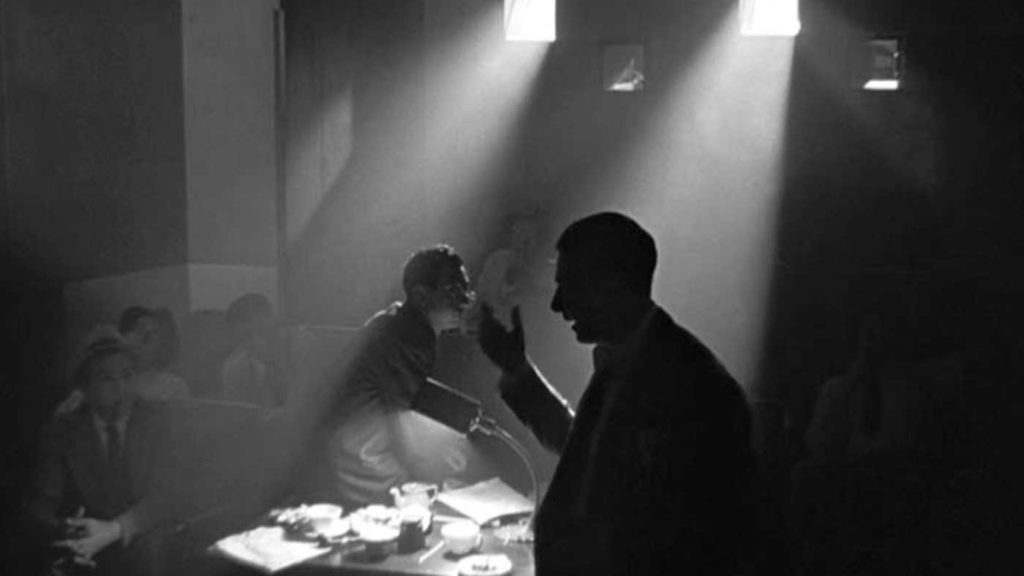‘Why, in your view, do you think Citizen Kane is regularly cited by critics as “the greatest movie ever made”?’
I believe Citizen Kane is often cited as ‘the greatest movie ever made by critics due to how influential it’s been on the film industry as a whole along with how it successfully managed to introduce a variety of techniques into the film industry and combined all of them together to create a linear and engaging story for the audience, most of which are still being used to this day.
For example, Welles’ use of cinematography introduced new ways in which cameras could be used and where they could be placed in order to create new and interesting effects that can help move the story along without relying on the characters or their dialogue which allows the film to naturally flow from scene to scene. One specific way he used cinematography was by introducing extreme-low camera angles into the industry, sometimes achieving the low angles by cutting holes into the set, which helped add some naturalness to the scene as the viewers were able to see the ceiling in a film for the first time, making the film seem more realistic and less like a set.

Welles’ use of lighting also manages to create visually interesting scenes throughout the film through techniques such as backlighting. He often uses backlighting in order to emphasise something/someone in a scene, intentionally bringing the viewer’s attention towards it whilst simultaneously setting the atmosphere for the scene.

